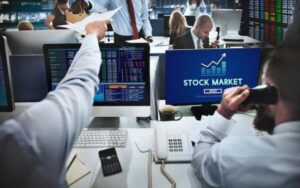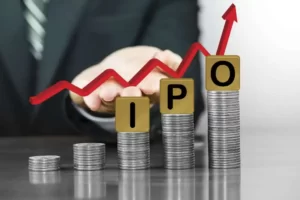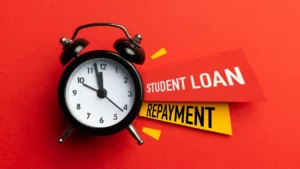Economic growth is a cornerstone of prosperity, influencing various aspects of individuals’ lives, including employment opportunities, income levels, and overall standard of living. One crucial dimension often influenced by economic growth is individual saving. As economies expand, individuals may experience changes in income, employment stability, and financial confidence, all of which can impact their saving habits.
This article explores the dynamic relationship between economic growth and individual saving, delving into the mechanisms through which one influences the other.
Income Growth and Saving: Economic growth is often accompanied by an increase in national income. As businesses thrive and job opportunities multiply, individuals tend to experience growth in their income. This uptick in income can contribute to higher levels of individual savings. A rise in disposable income often leads to an increased capacity for saving, enabling individuals to set aside funds for future needs, emergencies, or long-term goals such as homeownership and retirement.
Employment Stability and Confidence: Economic growth is typically associated with a robust job market, leading to increased employment opportunities. When individuals have stable employment and job security, they are more likely to feel confident about their financial future. This confidence, in turn, encourages positive saving behavior. Individuals who feel secure in their jobs are more inclined to set aside a portion of their income for savings, knowing they have a reliable source of income to meet their immediate needs.
Interest Rates and Investment Returns: Economic growth can influence interest rates and investment returns. In periods of economic expansion, central banks may adjust interest rates to control inflation. Higher interest rates can incentivize saving as individuals can earn more from interest-bearing accounts. Additionally, economic growth often correlates with favorable conditions for investment, potentially providing individuals with opportunities to grow their wealth through prudent investment strategies.
Consumer Confidence and Spending Habits: During times of economic growth, consumer confidence tends to rise. This increased confidence may translate into higher spending, but it also often leads to a simultaneous increase in savings. As individuals feel optimistic about the future, they may allocate a portion of their income to savings, recognizing the importance of building financial resilience and preparing for uncertainties.
Government Policies and Savings Incentives: Governments often implement policies aimed at encouraging saving during periods of economic growth. These may include tax incentives for specific types of savings, such as retirement accounts or education funds. To promote economic stability, governments may implement measures that indirectly influence individual saving behavior, creating an environment conducive to financial prudence.
Wealth Effect and Saving Behavior: Economic growth contributes to the creation of wealth, not only for businesses but also for individuals who own assets such as homes and stocks. The wealth effect suggests that individuals are more inclined to save when they perceive an increase in their overall wealth. For instance, as housing prices rise or stock portfolios appreciate, individuals may be more motivated to save, leveraging their newfound wealth for future financial security.
Access to Financial Services: Economic growth often leads to improvements in financial infrastructure, increasing individuals’ access to financial services. This enhanced accessibility can facilitate saving by providing individuals with a range of banking and investment options. As financial markets develop and become more inclusive, individuals have the opportunity to diversify their savings portfolio and engage in more sophisticated saving strategies.
The relationship between economic growth and individual saving is complex and characterized by multiple interdependent factors. As economies expand, individuals experience changes in income, employment stability, and confidence, all of which contribute to variations in saving behavior. Moreover, government policies, interest rates, and access to financial services play crucial roles in shaping the saving landscape.
Individuals, too, play an active role in this relationship. The decisions they make regarding spending, investment, and saving are influenced by both macroeconomic factors and personal financial goals. As economies continue to evolve, understanding the intricate relationship between economic growth and individual saving becomes paramount. By recognizing the dynamics at play, policymakers, financial institutions, and individuals alike can work towards fostering an environment that encourages responsible saving, ultimately contributing to sustained economic growth and financial well-being.






























1 thought on “The Interplay Between Economic Growth and Individual Saving”
Comments are closed.